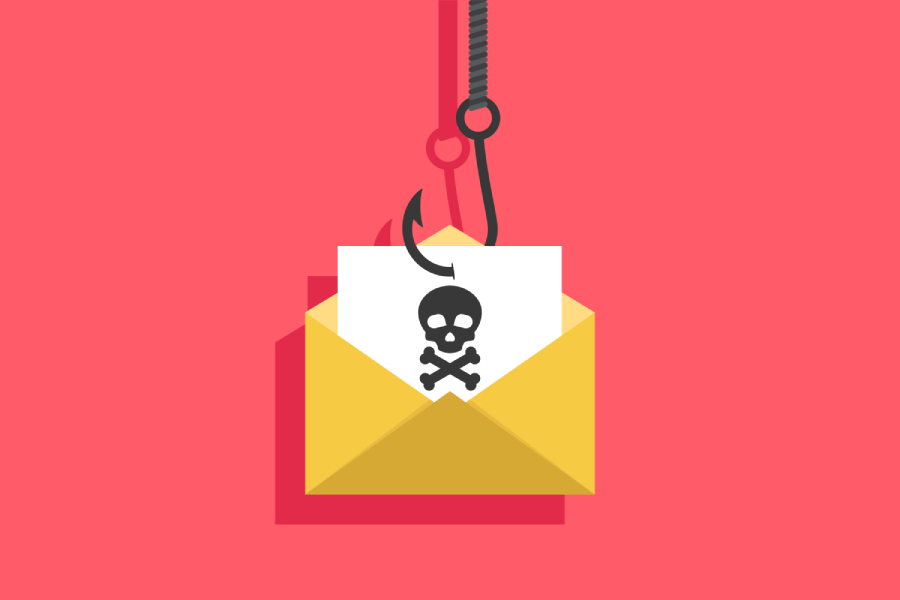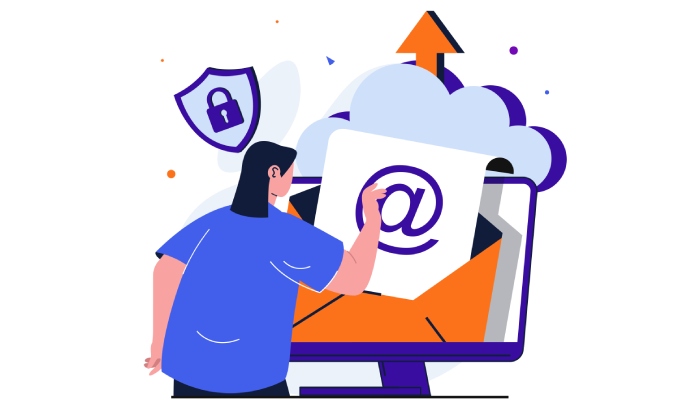Just detecting a phishing attack on a bank isn’t an extraordinary event. There are dozens of phishing attacks per week targeted at the major international banks. As phishing targets go, banks are just too enticing for hackers to ignore. And banks, for the most part, understand the threat and are prepared to deal with most attacks. Most!
There are technologies available specifically designed to thwart phishing attacks. These include SPF (Sender Policy Framework), DKIM (DomainKey Identified Mail) and DMARC (Domain-based Message Authentication, Reporting & Conformance). DMARC, an industry standard that flags messages where the “from” field in an email header has been tampered, in particular is good for stopping phishing attacks. Well, it used to be.
According to an article on Threat Post, “A credential-phishing attempt that relies on impersonating Bank of America has emerged in the U.S. this month, with emails that get around secure gateway protections and heavy-hitting protections like DMARC.”
DMARC “ensures emails are authenticated before they reach users’ mailboxes and confirms that they have been sent from legitimate sources. If configured correctly, potential phishing emails can be stopped at the gateway, or redirected to the junk folder.” But this phishing attack bypassed the gateway even with correctly configured DMARC. And that makes this phishing attack scary.
Now, to be sure, these attackers were very sophisticated. They knew where the cracks in the system were. For instance, “the attackers used a brand-new, never-before-used URL to set up their phishing website. Because the page is hosted on a new domain, it was able to get past any filters that were created to block known bad links.” That doesn’t make it any less scary.
So, what can an ordinary company—not a big international bank with plenty of resources—do to protect itself? Well, contrary to what you just read, you really should institute all the technologies mentioned above (SPF, DKIM, DMARC). No, they’re not perfect, but they are way better than not using them. There is one other thing you can do. Put up another line of defense.
Another line of defense is cloud-based email security like that available from Phish Protection. The secret to putting up a strong phishing defense is to keep all suspicious emails out of your inbox until you can determine whether or not they’re a threat. And that’s exactly how cloud-based Phish Protection works. Emails intended for you are first routed to the Phish Protection web application where it analyzes it for phishing characteristics, and if it spots any, it blocks it from forwarding and thereby keeps it out of your inbox.
Since it’s cloud-based, Phish Protection requires no hardware, no software, no maintenance and no upfront costs. And, it sets up in 10 minutes with one simple change to the DNS record.
You can try Phish Protection free of charge for 60 days. And after the 60 day, when you decide you love it and want to purchase, you’ll discover it only costs pennies per user per month. Don’t let the bad guys win. Try Phish Protection today


